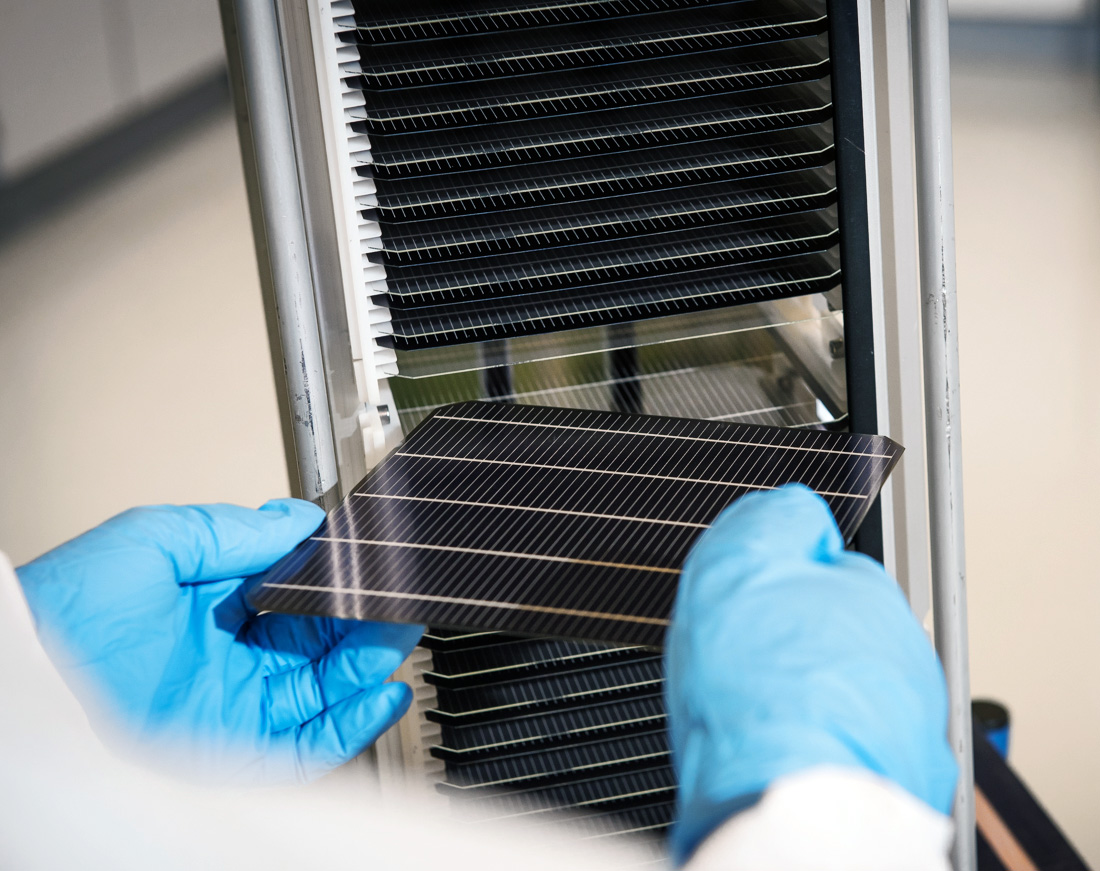https://www.scientificamerican.com/article/consequences-of-ddt-exposure-could-last-generations/
Hailed as a miracle in the 1950s, the potent bug killer DDT (dichloro-diphenyl-trichloroethane) promised freedom from malaria, typhus and other insect-borne diseases. Manufacturers promoted it as a “benefactor of all humanity” in advertisements that declared, “DDT Is Good for Me!” Americans sprayed more than 1.35 billion tons of the insecticide—nearly 7.5 pounds per person—on crops, lawns and pets and in their homes before biologist Rachel Carson and others sounded the alarm about its impacts on humans and wildlife. The fledgling U.S. Environmental Protection Agency banned DDT in 1972.
Friends and family often ask Barbara Cohn, an epidemiologist at Oakland’s Public Health Institute, why she studies the effects of the long-banned pesticide. Her answer: DDT continues to haunt human bodies. In earlier studies, she found that the daughters of mothers exposed to the highest DDT levels while pregnant had elevated rates of breast cancer, hypertension and obesity.
Cohn’s newest study, on the exposed women’s grandchildren, documents the first evidence that DDT’s health effects can persist for at least three generations. The study linked grandmothers’ higher DDT exposure rates to granddaughters’ higher body mass index (BMI) and earlier first menstruation, both of which can signal future health issues.
“This study changes everything,” says Emory University reproductive epidemiologist Michele Marcus, who was not involved in the new research. “We don’t know if [other human-made, long-lasting] chemicals like PFAS will have multigenerational impacts—but this study makes it imperative that we look.” Only these long-term studies, Marcus says, can illuminate the full consequences of DDT and other biologically disruptive chemicals to help guide regulations.
In the late 1950s Jacob Yerushalmy, a biostatistician at the University of California, Berkeley, proposed an ambitious study to follow tens of thousands of pregnancies and measure how experiences during fetal development could affect health into adolescence and adulthood. The resulting Child Health and Development Study (CHDS) tracked more than 20,000 Bay Area pregnancies from 1959 to 1966. Yerushalmy’s group took blood samples throughout pregnancy, at delivery and from newborns while gathering detailed sociological, demographic and clinical data from mothers and their growing children.
Cohn took the helm of the CHDS in 1997 and began to use data from the children, then approaching middle age, to investigate potential environmental factors behind an increase in breast cancer. One possibility was exposure in the womb to a group of chemicals classified as endocrine disruptors—including DDT.
Human endocrine glands secrete hormones and other chemical messengers that regulate crucial functions, from growth and reproduction to hunger and body temperature. An endocrine-disrupting chemical (EDC) interferes with this finely tuned system. Many pharmaceuticals (such as the antibiotic triclosan and the antimiscarriage drug diethylstilbestrol) act as EDCs, as do industrial chemicals like bisphenol A and polychlorinated biphenyls, and insecticides like DDT. “These chemicals hack our molecular signals,” says Leonardo Trasande, director of the Center for the Investigation of Environmental Hazards at New York University, who was not involved in the study.
Thawing tens of thousands of CHDS samples from decades earlier, Cohn and her colleagues measured the DDT in each mother’s blood to determine the amount of fetal exposure. In a series of studies, they connected this level to the children’s midlife heart health and breast cancer rates.
Fetuses produce all their egg cells before birth, so Cohn suspected these children’s prenatal DDT exposure might also affect their own future children (the CHDS group’s grandchildren). With an average age of 26 this year, these grandchildren are young for breast cancer—but they might have other conditions known to increase risk of it striking later.
Using more than 200 mother-daughter-granddaughter triads, Cohn’s team found that the granddaughters of those in the top third of DDT exposure during pregnancy had 2.6 times the odds of developing an unhealthy BMI. They were also more than twice as likely to have started their periods before age 11. Both factors, Cohn says, are known to raise the risk of later developing breast cancer and cardiovascular disease. These results, published in Cancer Epidemiology, Biomarkers, and Prevention, mark the first human evidence that DDT’s health threats span three generations.
Akilah Shahib, 30, whose grandmother was in the CHDS study and who participated in the current work, says the results provide a stark reminder that current health problems may stem from long-ago exposures. “DDT was a chemical in the environment that my grandparents had no control over,” she says. “And it wasn’t the only one.
To Andrea Gore, a toxicologist at the University of Texas at Austin, the new results are nothing short of groundbreaking. “This is the first really robust study that shows these kinds of multigenerational outcomes,” says Gore, who was not involved in the study.
Laboratory studies, including one by Cohn in 2019, have shown that DDT and other EDCs can lead to effects across generations via epigenetic changes, which alter how genes turn on and off. Cohn is also investigating the multigenerational effects of other endocrine disruptors, including BPA and polyfluorinated compounds.
Such research also highlights the need for long-term testing to determine a chemical’s safety, N.Y.U.’s Trasande says. Gore agrees, arguing that regulators should require more rigorous testing for endocrine-disrupting effects; while scientists learn about the specific mechanisms by which EDCs influence health over multiple generations, she adds, they should routinely look for hallmarks of such influences in lab toxicology studies.
As Trasande puts it: “This study reinforces the need to make sure that this doesn’t happen again.”
via Scientific American https://ift.tt/n8vNiX
June 30, 2021 at 07:36AM


